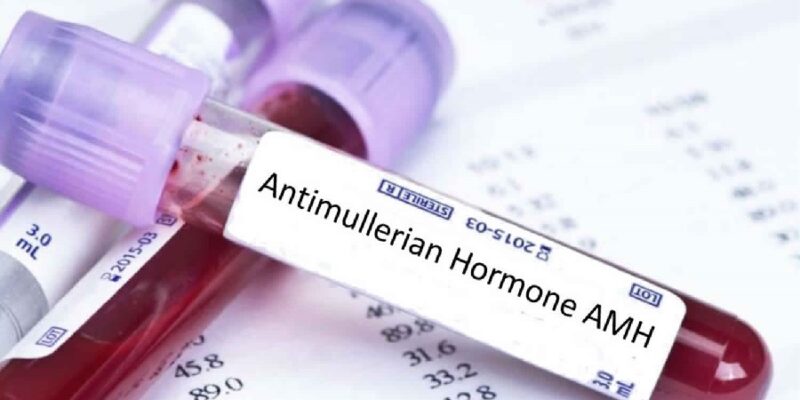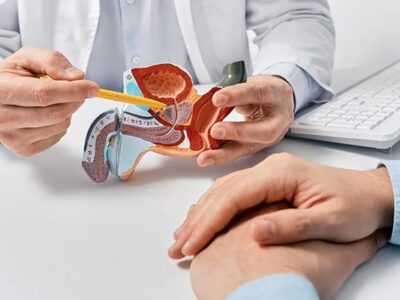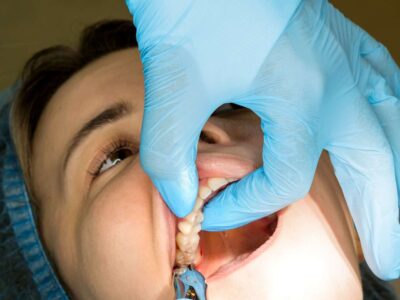Couples in modern civilisations prolong childbearing due to hectic schedules and job advancements, making it more difficult to conceive later age, contributing to an increase in the prevalence of infertility. Most women are conscious that fertility begins to drop in some people beyond their early thirties. Fertility declines in women are spontaneous and induced ovarian cycles and in vitro fertilization or IVF. As a result, several older women are seeking infertility treatment.
AMH blood test is an innovative measure for forecasting ovarian response to gonadotropin-releasing hormone stimulation. AMH in serum testing is a more exact marker of ovarian reserve than other hormones. Previous methods for predicting ovarian stimulation included blood levels of FSH, LH, and estrogen and ultrasonographic indicators such as ovarian size and the amount of early antral follicles.
Can AMH levels change?
Recent research has demonstrated considerable changes in some situations when interpreting AMH data. Nonetheless, changes in the menstrual cycle were modest, suggesting that AMH may be detected regardless of the cycle phase.
Therapy alternatives for low AMH levels
In vitro, fertilisation is the most effective therapy for low AMH (IVF). Low AMH levels indicate a poor egg reserve, making pregnancy more challenging; However, this does not rule out spontaneous conception. It just takes one good egg to conceive. It implies that you may have a tough time with the pregnancy on yourself.
AMH levels rise and fall significantly from cycle to cycle, so you may be deemed low one cycle and very low the next. A healthy lifestyle and adequate nutrition, including Vitamin D, may raise your AMH levels.
What can women ask their doctor regarding their AMH levels?
If women want to understand more about their ovulation and where it is today, they may talk to their physicians about obtaining an AMH blood test.
If your AMH is lower than anticipated, you should speak with a fertility specialist to examine egg-freezing alternatives if you are not ready for a baby today.
AMH levels for IVF
Women with greater AMH levels had a better answer to ovarian stimulation for IVF (in vitro fertilisation), with more eggs recovered. Women with decreased AMH have fewer antral follicular levels and generate fewer oocytes (eggs).
AMH levels most likely do not represent egg quality. Obtaining many eggs at the IVF egg collection allows several eggs to fertilise and grow into embryos. More eggs may not usually imply more embryos. Egg quality affects fertilisation and embryo development. The ultimate objective is to have at least one safe egg to put back within the uterus.
Methods for evaluating ovarian reserves
The AMH is only one possible indicator of the ovarian reserve at Monash IVF. To effectively measure a woman’s ovulation, fertility professionals frequently use a combination of fertility tests, including:
Preserving fertility
- Sperm Freezing
- Egg Freezing
Early Intervention
- Fertility Health
- Check Ovulation Induction
- AMH Blood Test
- Semen analysis
Fertility Treatment Options
- IVF – In Vitro Fertilisation
- ICSI – Intracytoplasmic Sperm Injection
- IUI – Assisted Insemination
- Donor Eggs
- Donor Sperm
- Surrogacy
Genetic Testing
- Genetic Carrier Screening Test
- Preimplantation Genetic Testing for Single Gene Conditions Preimplantation Genetic Testing for Aneuploidy
- Non-Invasive Prenatal Screening Test (NIPT)








Comments